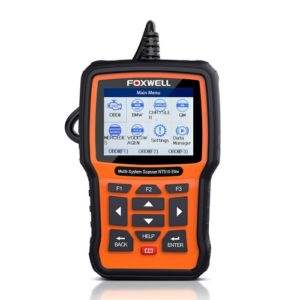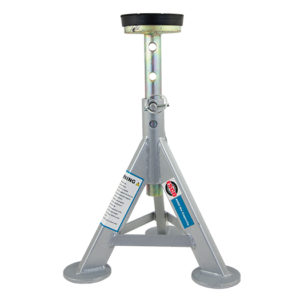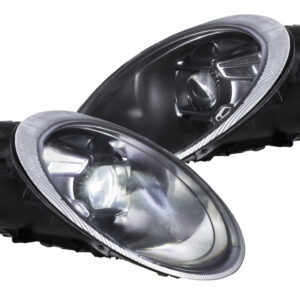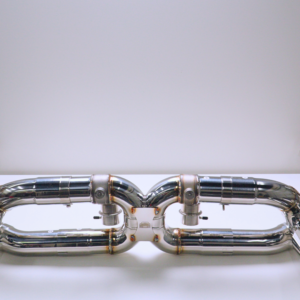Despite being relatively simple, spark plugs play a significant role in any gasoline engine. Their function is to produce a spark at the required time that ignites the air and fuel mixture. All spark plugs, being exposed to extreme pressures and temperatures that occur during engine operation, wear out with time. This can cause poor engine performance, misfire and drop in fuel economy. Also, a worn spark plug can have a larger electrode gap, which requires higher voltage and can lead to premature ignition coil failure.
While Porsche only recommends replacing the spark plugs as part of routine service, the ignition are known to go bad. Therefore, we also recommend replacing your ignition coils during every spark plug change. This is a pretty straight forward DIY and a great way to save money. For an overview of the procedure, check out the video above from YouTube channel, Peter von Panda, to learn how to access the spark plugs and ignition coils. You can find the parts, tools, and detailed instructions below.
Spark plugs: 15 ft-lbs
Step 1: Prepare your vehicle and work area.
- Make sure your engine is cold; this is important so you prevent burning yourself and damaging your engine threads!
- Park your car on a flat surface.
- Gather required tools and parts.
- Put on gloves and eye protection.
Step 2: Remove the ignition coils.
- As shown in the video from Peter von Panda, remove the ignition coil connectors by using a metal pick tool to lift up the connector tab and gently wiggle the connector off; be careful not to brake the connector.
- A metal pick took should be supplied in your vehicle’s factory tool kit near the spare tire; however, if you cannot find this, you can use a general metal pick which is linked to in the tools section.
- With the ignition coil connectors disconnected, use the ignition coil puller tool (see tools section) to remove each ignition coil.
- Inspect the ignition coils for damage. These are known to fail frequently, so we recommend replacing them every 40k miles as a preventative measure.
Step 3: Replace the spark plugs.
- With the ignition coils off, you now have access to the spark plugs.
- So no debris falls into your engine, if you have a vacuum with a small nozzle, give each spark plug hole a nice clean.
- Use a magnetic spark plug socket and a 6″ extension to remove each spark plug.
- Inspect the new spark plugs for damage before installing them.
- Without touching the electrode of the new spark plugs, carefully thread in each new spark plug by hand to avoid cross threading
- Torque each spark plug to 15 ft-lbs. DO NOT OVER TORQUE! If something doesn’t feel right, double check the calibration of your torque wrench.
Step 4: Re-install everything.
- Re-install the new ignition coils and be sure to reconnect the ignition coil connectors.
- Start your engine to ensure it runs properly.
- Re-install the plastic engine panels.
- Clean up your work area and put your tools and supplies away.
- You’re all done!






